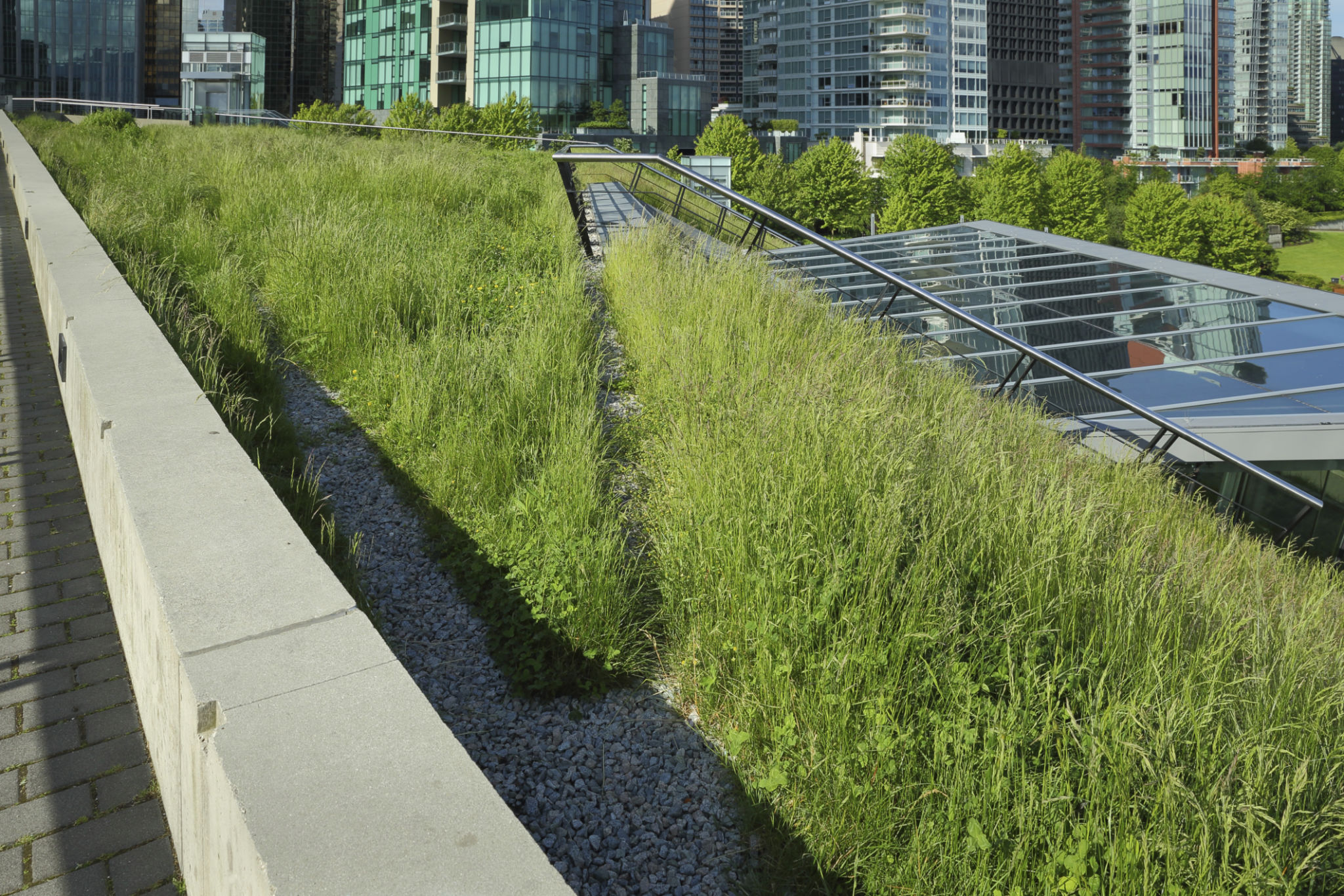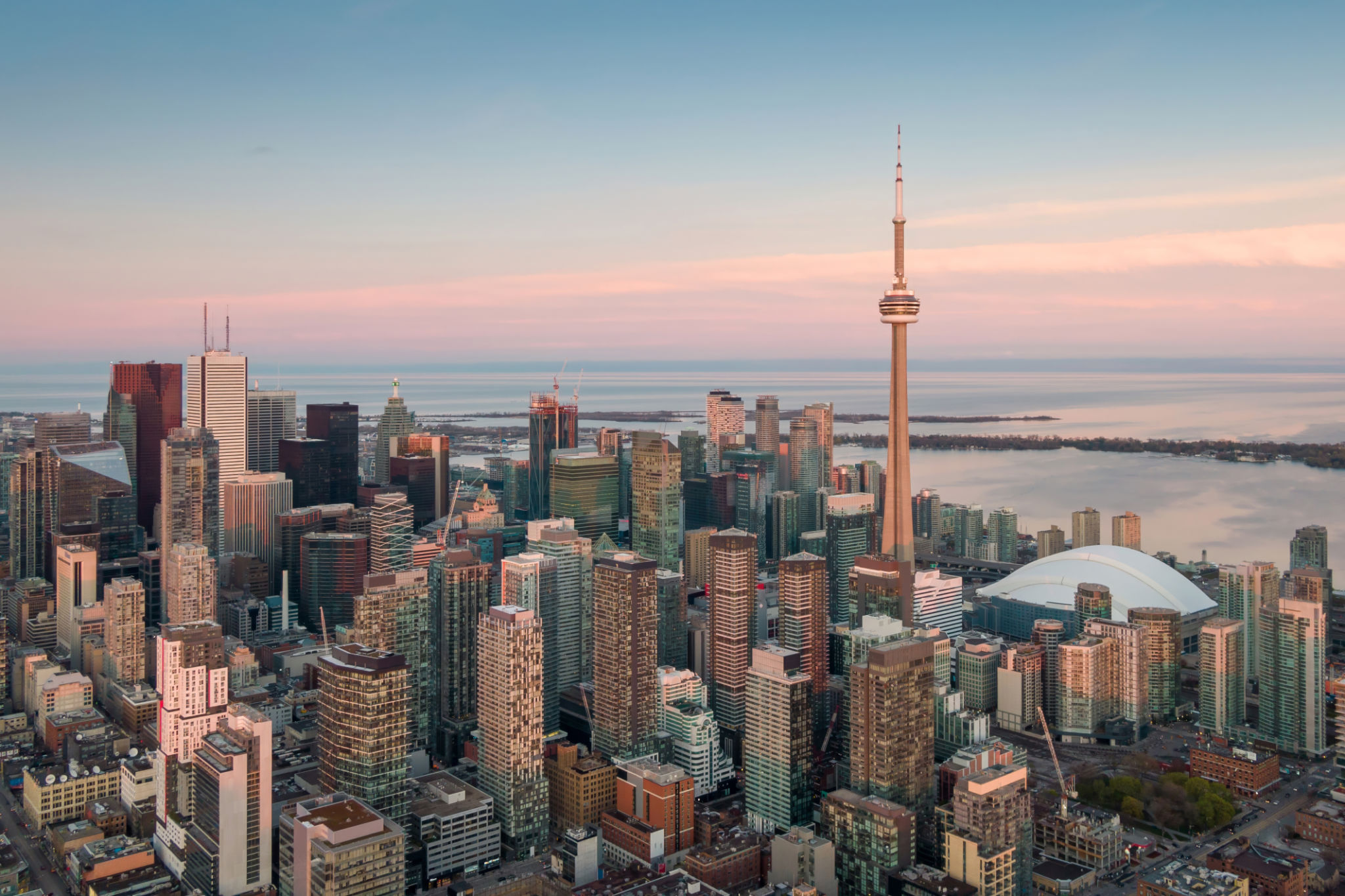Innovative Nano Landscaping: Creating High-Quality Life in Urban Spaces
Revolutionizing Urban Living with Nano Landscaping
As cities continue to grow and develop, the need for innovative solutions to enhance urban life becomes more pressing. One such solution is nano landscaping, a cutting-edge approach that utilizes advanced technologies and design principles to create high-quality living environments in urban spaces. This method not only beautifies urban areas but also addresses ecological and health concerns, making it a crucial element in modern city planning.
In densely populated cities where space is limited, traditional landscaping methods often fall short. Nano landscaping, however, offers a unique advantage by employing micro-scale techniques to optimize even the smallest of urban spaces. From rooftop gardens to vertical green walls, these miniature landscapes transform concrete jungles into thriving green ecosystems.

The Benefits of Nano Landscaping
Nano landscaping provides a range of benefits that contribute significantly to improving urban life. Firstly, it enhances air quality by increasing the amount of greenery, which helps to filter pollutants and produce oxygen. This is especially beneficial in cities where air pollution is a major health concern.
Moreover, these compact green spaces can help reduce urban heat, a phenomenon known as the urban heat island effect, by providing shade and cooling the air through evapotranspiration. This leads to more comfortable urban environments and can even lower energy costs associated with cooling buildings.

Technological Innovations Driving Change
The success of nano landscaping is largely due to technological advancements that enable the creation and maintenance of these small-scale green spaces. Automated irrigation systems, for instance, ensure that nano landscapes are properly watered without wasting resources. Additionally, smart sensors can monitor soil health and plant growth, providing data-driven insights for optimal care.
Another exciting development is the use of sustainable materials in nano landscaping projects. Recycled materials and eco-friendly substrates are increasingly being used to construct planters and support structures, promoting a circular economy and reducing environmental impact.

Designing for Aesthetic and Functionality
A critical aspect of nano landscaping is its ability to seamlessly integrate into urban architecture. Designers are now creating landscapes that are not only visually appealing but also functional, serving as spaces for relaxation and social interaction. These designs often include features such as seating areas, pathways, and artistic elements, adding cultural and recreational value to urban life.
Furthermore, nano landscapes can be tailored to suit specific community needs, whether it’s a tranquil retreat in a bustling neighborhood or an educational garden for schools. This flexibility makes them a powerful tool for enhancing community well-being.
A Sustainable Future for Cities
As cities strive to become more sustainable, nano landscaping offers a viable path forward. By incorporating these innovative green spaces into urban planning, cities can create healthier, more livable environments for their residents. The potential of nano landscaping extends beyond beautification; it represents a shift towards sustainable urban development.
In conclusion, the adoption of nano landscaping in urban areas is not just a trend but a necessary evolution in city design. As we look towards the future, these small yet impactful landscapes hold the promise of transforming cities into greener, more resilient communities.
